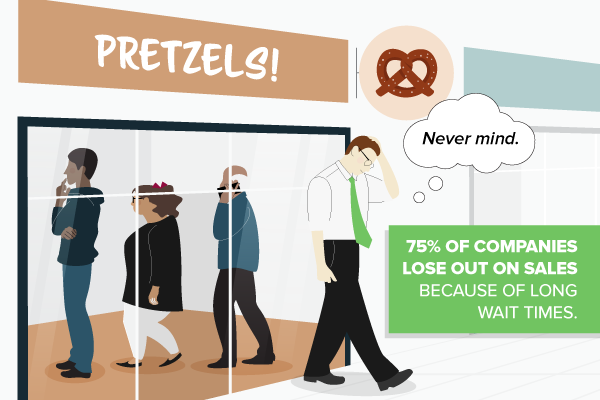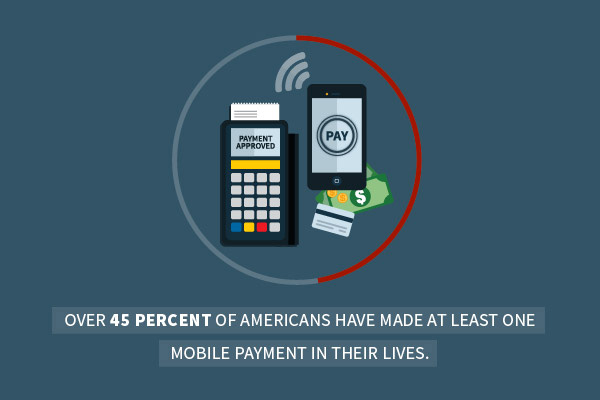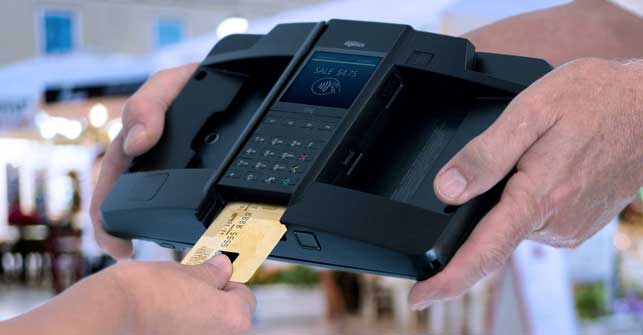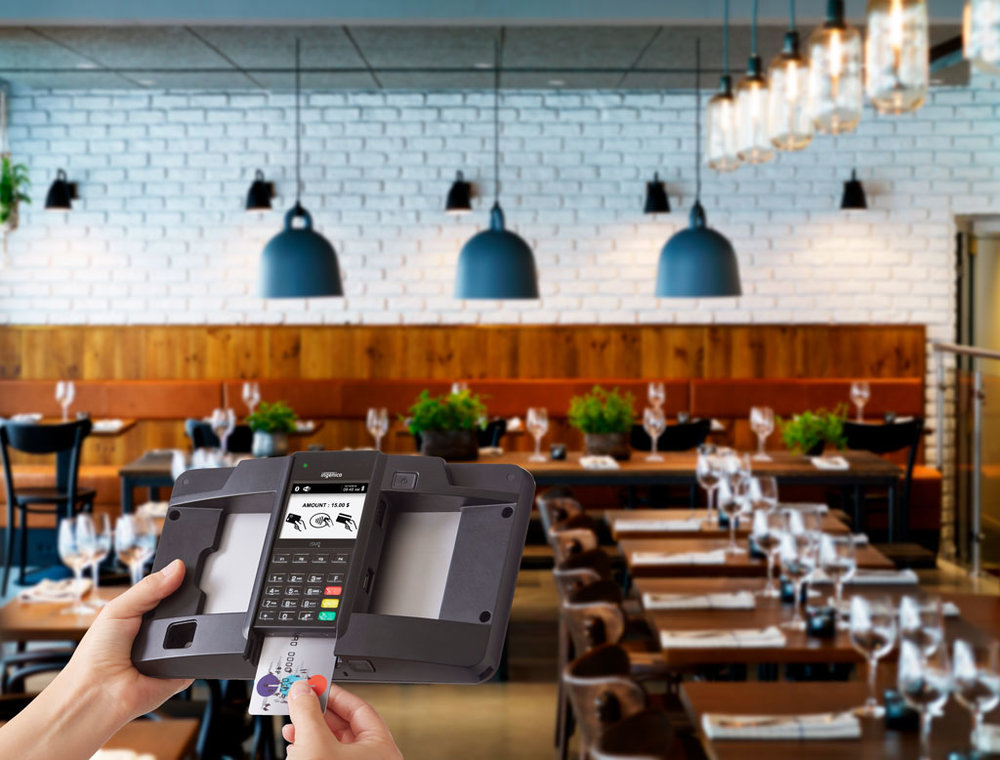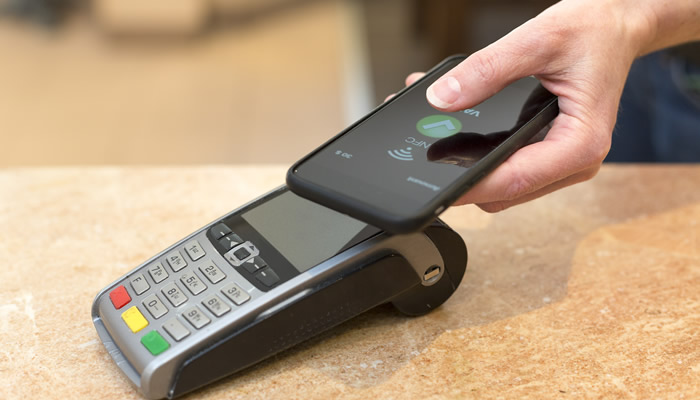Pay at the table is one of those things the rest of the world seems to be doing, but that the U.S. hasn’t quite yet adopted. To the layman, it’s hard to understand why American restaurants don’t offer that service, yet POS resellers and developers understand the reasons full well:
- It can be expensive to buy all the devices needed to support pay at the table.
- The U.S. has a tipping culture – entering a tip in front of the server could make for an awkward interaction.
- Limited mobile payments availability for restaurants
These are all valid concerns that POS providers understand. Leading payments providers are already developing mobile, pay-at-the-table solutions designed to reduce the costs associated with implementing this soon to be critical capability. Here’s what they are.
How integrated payments partners are enabling pay-at-the-table
One of the major points merchants bring up with regard to pay at the table is that it requires too many devices to support. If a restaurant has 10 servers working at any given time, that means the business would have to purchase 10 mobile PIN pads. This would allow waitstaff to bring the devices to tables that are ready to settle up.
The problem is, it takes a long time to certify all of those devices, which can be particularly burdensome for mid-sized restaurants. In an interview with Digital Transactions, Don Hartley, vice president of solutions technology at a Montreal-based mobile POS reseller, said it takes “a minimum of three to four months” to obtain processor certifications for EMV terminals. Hartley conceded most certifications can last up to six months or more.
However, integrated payment partners have found a solution to this problem. By introducing payments middleware into POS environments, integrated payment partners enable merchants to roll out pay at the table services without worrying about acquiring certifications from processors themselves.
Semi-integrated payments middleware solutions serve as plug and play mediators between restaurant POS systems and payment processors. As payments providers certify mobile pad options with each processor, Point of Sale partners are able to take advantage of the new functionality. As a POS dealer, you can bundle payments with mPOS devices and eliminate certification requirements and associated costs with implementing a pay-at-the-table solution.
While payment integration technology makes it cost-effective for restaurants to deliver pay-at-the-table services, will such merchants generate a return on investment after doing so? Short answer: yes.
The three benefits of pay at the table
Overall, pay-at-the-table services deliver three benefits:
- Restaurants make more money: Tom Marcellino, who owns an Italian restaurant in Maine, discovered that tableside payments enabled him to increase profits by between 12 and 14 percent. In an interview with Point of Sale, Marcellino explained that his pay-at-the-table process saves his staff between 15 and 30 minutes per table, allowing them to serve more guests over the course of a day.
- The technology provides better security: All of the devices which support tableside payments are EMV-ready, thereby reducing the risk of falling victim to payment card fraud. In addition, most payment providers that are implementing tableside EMV support are also implementing tokenization and point-to-point encryption to further secure transactions. Tom Litchford, vice president for retail technology at the National Retail Federation, maintained that PIN pads capable of supporting chip-and-PIN transactions will be critical to enhancing payment data security in the foreseeable future.
- Customers enjoy technology: According to a survey from the National Restaurant Association, 79 percent of consumers said they believe technology increases convenience. Another 70 percent claimed technology expedites service and increases order accuracy. Based on Marcellino’s experience with pay at the table, it’s clear tableside payments deliver speed and convenience.
What to look for in a payments partner
While there are a lot of payments providers to choose from, only a few are able to offer a true “one-to-many” solution that offers the kind of installation flexbility required to accomodate the requirements of a large merchant base. To support pay at the table specifically, what sort of capabilities should a payments partner deliver?
First, the payments solution you select must be capable of supporting all forms of payment, from magstripe to NFC/contactless. Support for mobile wallets is also a must. A survey from First Annapolis Consulting found more consumers use mobile payments every year. Specifically, in the 12 months leading up to June 2016, 74 percent of those who participated in the study had used mobile wallets to pay for goods.
Ensure that your provider has a proven track record of providing reliable payments interfaces for a substantial base of systems and customers. The ability to consistently move through EMV device certifications is also a very important factor. If a payments provider doesn’t have a full list of EMV certifications and features by now, on-going updates and the addition of new features for your customers likely won’t arrive in a timely manner either.
Payments support is absolutely critical to the success of a Point of Sale roll-out, but is often too onerous for POS providers to manage on their own. Aligning yourself with the right payments partner allows you to keep pace with evolving payments standards and focus on building out your POS features so you can thrive in this ultra-competitive industry.
Want to learn more about Pay-at-the-Table?
Related Articles:
Featured
The stage is set for increased mobile payment adoption. Are your clients equipped to accept NFC payments?
In the rush to buy “must have” gifts for kids, spouses and co-workers, there is one other, less enjoyable accessory to Christmas time: lines, and lots of them. Here’s how to combat lines during the holiday season.
Brick-and-mortar retailers and e-commerce companies are in the midst of a game of one-upmanship, a battle that features each side vying for a larger slice of the customer-loyalty pie.
Cloud computing makes maintaining and obtaining vast amounts of data possible. But do cloud-based point of sale systems offer advantages in other respects? You be the judge.
Here are 5 POS system traits that food trucks can’t afford to do without.
An increasing number of supermarkets are supplying patrons with a plethora of payment possibilities – with mobile POS in particular gaining traction.
Here are a few of the concept trends the National Restaurant Association expects in 2018, several of which are tailor-made for mobile POS solutions.
What you need to know about Apple Pay and Google Pay
Mobile point of sales systems give business owners the competitive advantage they need to stay one step ahead of rivaling retailers.
Nearly 9 in 10 consumers – 87 percent – say they’ll be scouring retail store aisles in search of the perfect holiday gifts, according to recent polling.
Traditional retail POS is making room for mPOS, which is impacting retail in a number of positive ways.
Mobile payment solutions are increasingly critical – but what’s the best way to integrate them without breaking the bank?
An integrated payment solution in essence lets retailers take care of all the backend work accompanying a transaction in one fell swoop.
Omnichannel marketing is a strategy retailers, to varying degrees of success, are using to improve the customer buying experience.

Many merchants across the US do not accept NFC payments even though they have the ability to do so. What’s stopping businesses from supporting NFC?
While payment integration technology makes it cost-effective for restaurants to deliver pay-at-the-table services, will such merchants generate a return on investment after doing so? Short answer: yes.
What if customers could use their smartphones to connect directly to merchant POS systems to pay for goods and meals? How would you set this up?
By 2020, 150 million U.S. consumers will regularly use mobile payments. How can merchants ensure that their systems are ready once mobile payments turns the corner?
What are the repercussions of integrating mobile payments into a merchant’s operations? In this article, we’ll review mobile wallet security concerns.
A part of integrating mobile POS systems into merchant operations entails selecting a solution based around Wi-Fi or Bluetooth connectivity.
Employee theft accounts for 4 percent of restaurant sales. What steps can these businesses take to reduce credit and debit card fraud?

Tableside payments allow restaurants to reduce card fraud risk, reduce table wait times and increase revenue.




Ingenico Group, the global leader in seamless payment, and Datacap Systems, an integrated payments middleware provider, announced today the installation of its Pay-at-the-Table solution at Uncle Oogie’s, a New Jersey and Philadelphia-based chain of pizzerias. Using Ingenico Group’s smart terminals, Datacap’s point of sale partner, PDQ Signature Systems was able to streamline the Pay-at-the-Table implementation for Uncle Oogie’s.



